Mystery of the Deep: Unraveling the Titanic’s Boneless Enigma
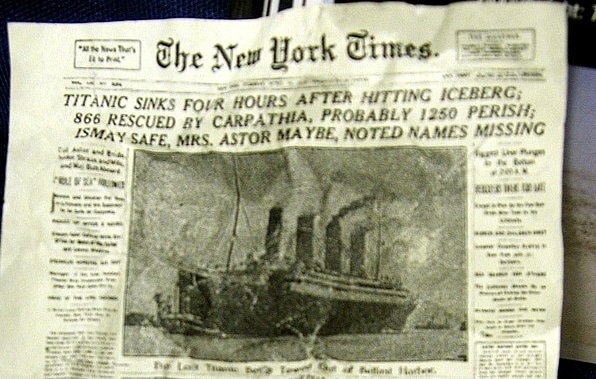
Dive into the depths of history with the Titanic’s eerie puzzle – a shipwreck without skeletons! This intriguing tale has left experts and enthusiasts alike scratching their heads in wonder.
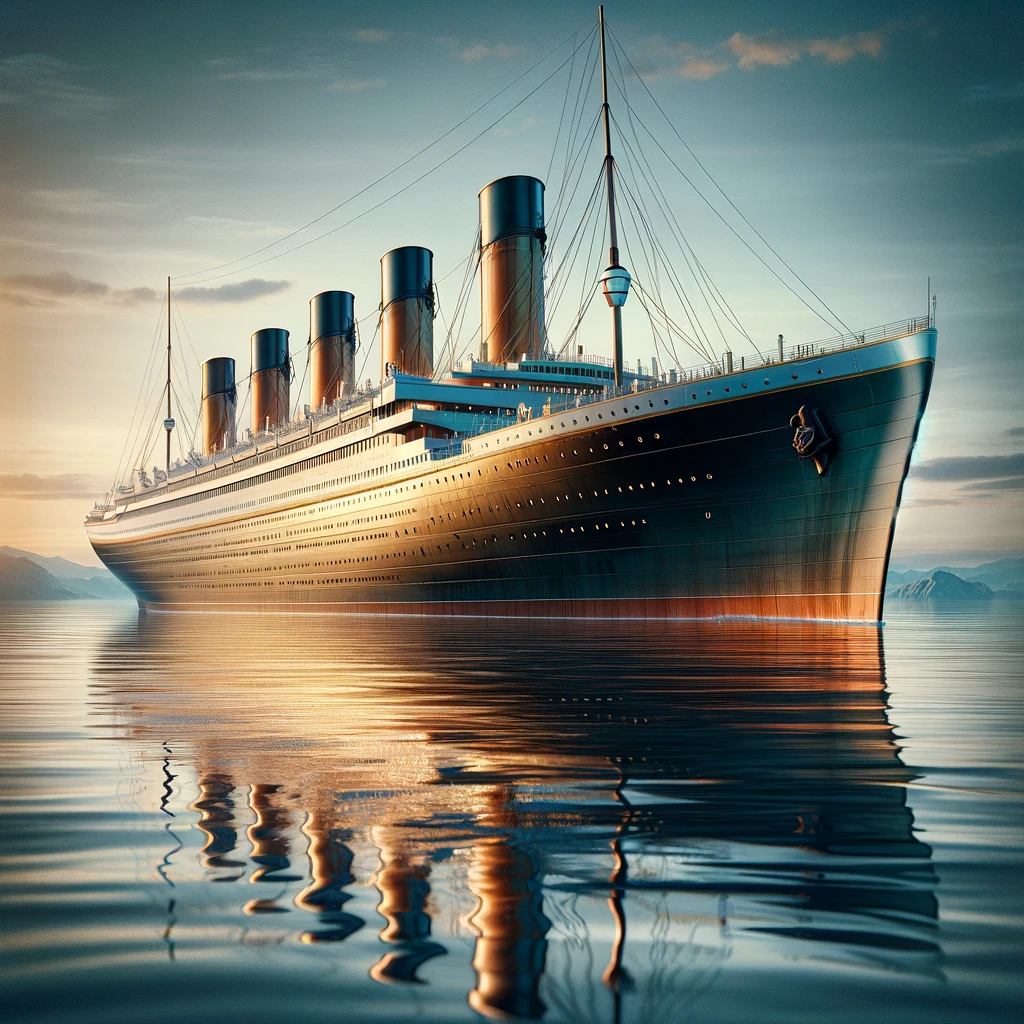
Titanic’s Vanishing Act: A Skeletal Mystery
When the Titanic tragically sank in 1912, it took with it 1,517 souls. But here’s the twist: unlike other maritime tragedies, the Titanic’s grave at the bottom of the ocean, some 3,800 metres deep, is curiously devoid of human remains. Why no bony mementos? The answer lies in the deep.
Ocean’s Chemistry: The Great Bone Dissolver
Enter the world of deep-sea chemistry. The ocean’s depths, where the Titanic rests, have a unique trick up their sleeve. The seawater here is low in calcium carbonate, which is crucial for bone preservation. Result?
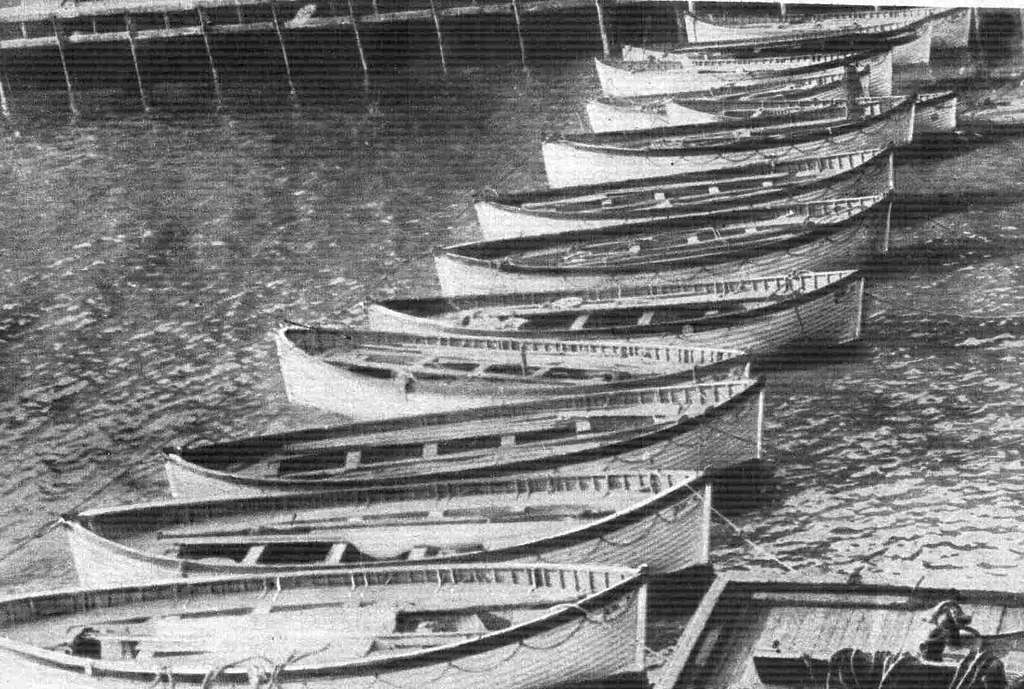
The sea quietly dissolves bones, redistributing the calcium into its calcium-poor waters. This is an act of natural recycling!
Reddit Ripples: Shock and Awe Online
This revelation has sent waves of astonishment across the internet, especially on platforms like Reddit. While the ocean’s chemistry erased skeletal traces, it ironically preserved other artefacts like pairs of shoes. These artefacts serve as a haunting reminder of the lives once lived there.
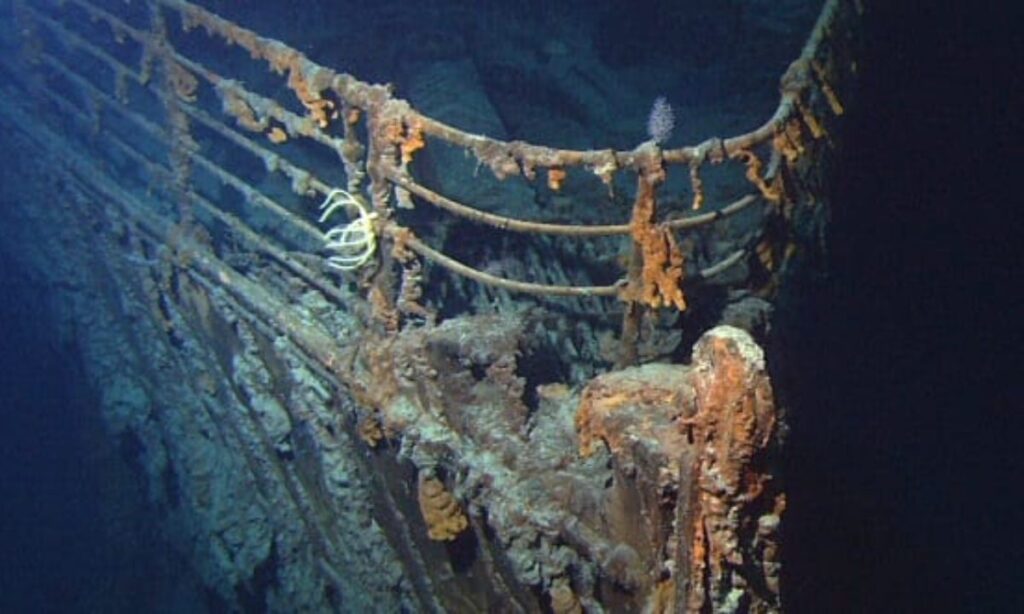
Titanic’s Legal Labyrinth & Ethical Dilemmas
The Titanic’s legacy isn’t just underwater; it’s entangled in legal and ethical debates too. Should we dive in to retrieve artefacts, like iconic radio equipment, or let the site remain a solemn memorial? There is a conflict between historical curiosity and honouring the final resting place of the deceased.
Balancing Act: History vs. Sanctity

The Titanic serves as both a historical treasure and a sombre memorial. The challenge? Balancing our thirst for knowledge with the respect due to those who perished.
And it’s not just about what’s on the ocean floor; it’s about the families, the closure, and the memory.
Technological Challenges: Navigating Titanic’s Abyss
Exploring the Titanic’s depths isn’t just a dive into the past; it’s a venture into one of the most challenging environments on Earth.
The deep sea is a frontier of extreme conditions and technological hurdles. Every expedition represents a struggle against the challenges, testing our capacity to uncover mysteries concealed beneath the ocean’s surface.
Storms of Speculation: The Fate of the Fallen
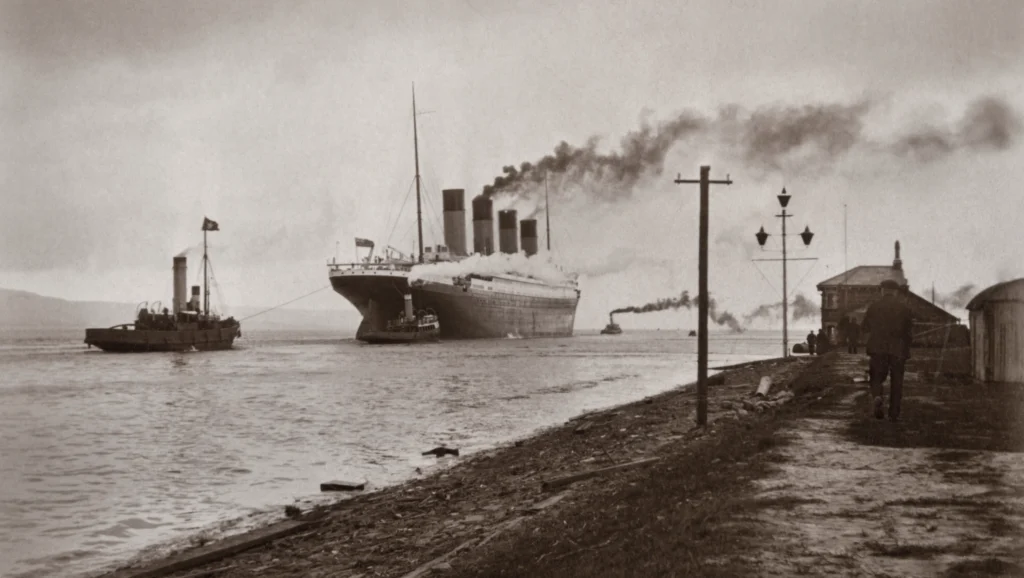
Why are there no skeletons on the Titanic? Theories abound. Some speculate a violent storm during the sinking scattered the passengers far from the wreckage.
Others believe remnants might still lurk within the ship’s hidden crevices. The truth remains elusive, hidden in the silent depths.
Eternal Enigma: Titanic’s Legacy and the Human Cost
The Titanic continues to captivate and haunt us, a poignant illustration of the human cost of tragedy. Its mysteries, like the missing bodies, may never be fully solved
Yet, the Titanic’s story, marked by human ambition and nature’s might, endures as a poignant testament to those lost in that cold April night.
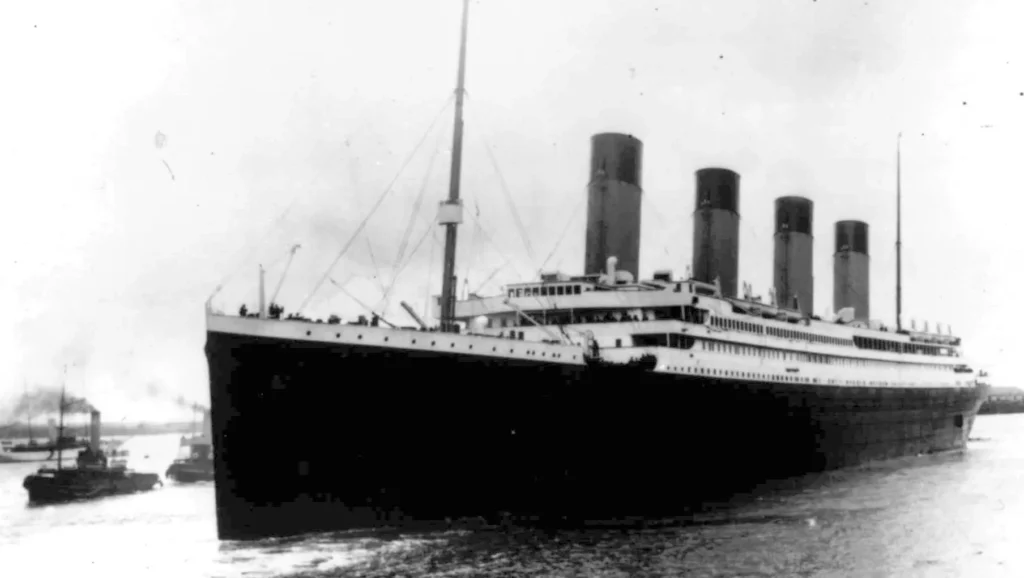
Here are some additional unknown facts about the Titanic!
- RMS Titanic: The Royal Mail Vessel – Beyond its fame, the Titanic was officially the R.M.S. Titanic, standing for Royal Mail Steamship. This prestigious title meant it was tasked with transporting mail for the UK postal service, carrying millions of pieces to the USA and Canada. Remarkably, the ship housed five mail clerks responsible for sorting and handling these seven million items.
- A Lifeboat Drill That Never Happened —Today, lifeboat drills are mandatory before ships set sail. In 1912, such practices weren’t compulsory. Intriguingly, the Titanic’s captain had scheduled a lifeboat drill on the fateful day it hit the iceberg but mysteriously cancelled it. The reason behind this decision remains a historical mystery.
- The Legacy of Safety: SOLAS Convention – The Titanic’s sinking was a catalyst for change, leading to the inception of the Safety of Life at Sea (SOLAS) Convention. This crucial regulation redefined maritime safety, focusing on mandatory lifeboats and other life-saving equipment on ships.
- Canine Survivors: Two Dogs Rescued – In a twist, two dogs, a Pomeranian and a Pekingese, managed to secure spots on the lifeboats, highlighting the chaos and unpredictability of the evacuation.
- Aesthetic Illusion: The Titanic’s Fourth Funnel While designed for grandeur, the Titanic’s fourth smokestack was purely cosmetic and served no functional purpose. This design choice enhanced the ship’s majestic appearance and conveyed an image of power.
- A Tragic Reality: Not All Bodies Recovered – While many victims were recovered and brought ashore, others, including the captain, remained with the ship. Out of the 328 bodies retrieved, 119 were given a sea burial.
- Bathing Luxuries: Limited Aboard the Titanic – In a stark contrast of class amenities, the Titanic had only two bathtubs for the 700 steerage (third class) passengers. Conversely, only the first-class promenade suites boasted private bathrooms.
- Titanic’s Own Media: The Atlantic Daily Bulletin – The Titanic published its own newspaper, the Atlantic Daily Bulletin, amidst its luxurious amenities, including a gym, horse-riding simulator, and swimming baths, to keep passengers informed and entertained.
- A Global Melting Pot: Diverse Passengers – The Titanic’s passenger list wasn’t just limited to British, Irish, or American nationals. Interestingly, a Japanese survivor faced societal scorn upon his return, labeled a coward for surviving the disaster.
- Survival by Spirits: The Chief Baker’s Tale – In a remarkable story of survival, the Titanic’s Chief Baker reportedly withstood two hours in the frigid waters, allegedly aided by the insulating effect of the alcohol he had consumed. This unusual turn of events highlights the unforeseen factors that played a role in the survival stories of the Titanic disaster.
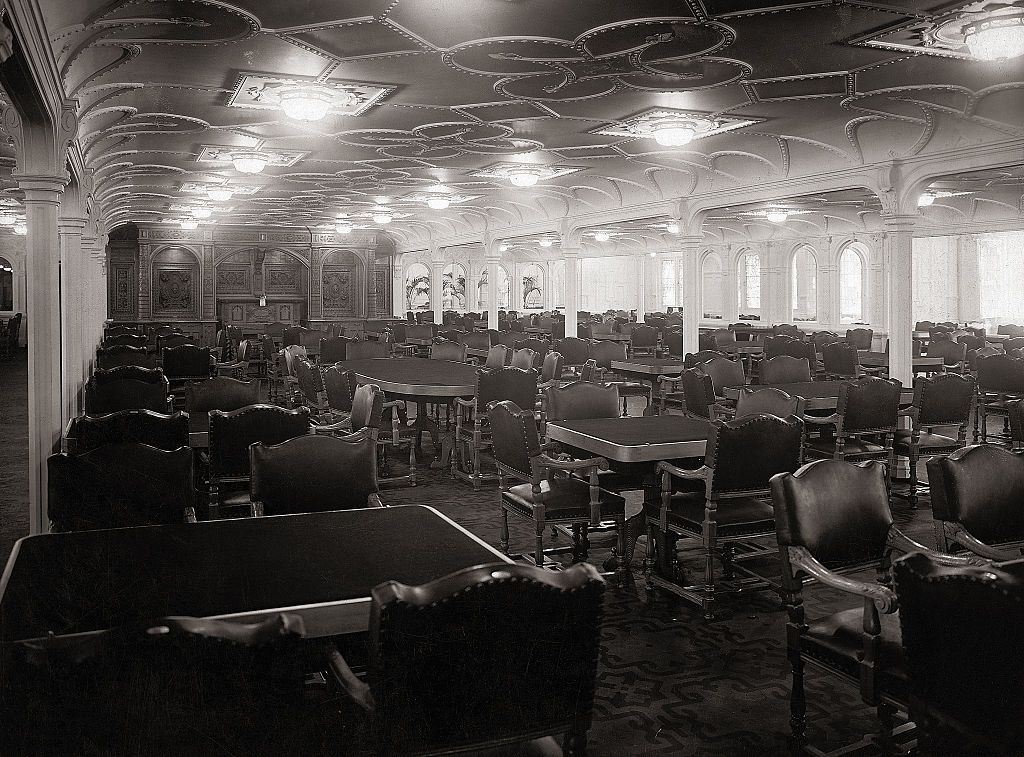
As the debates rage on and explorers probe the ocean’s secrets, the Titanic’s tale remains a haunting echo in the annals of history, a ghostly ship challenging us to remember and respect those who journeyed on her ill-fated voyage.














